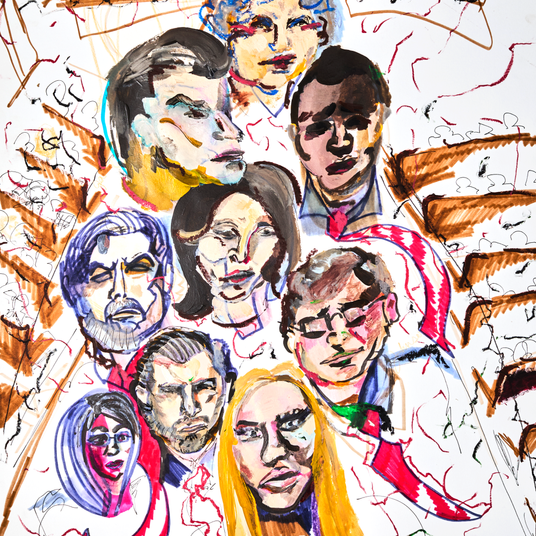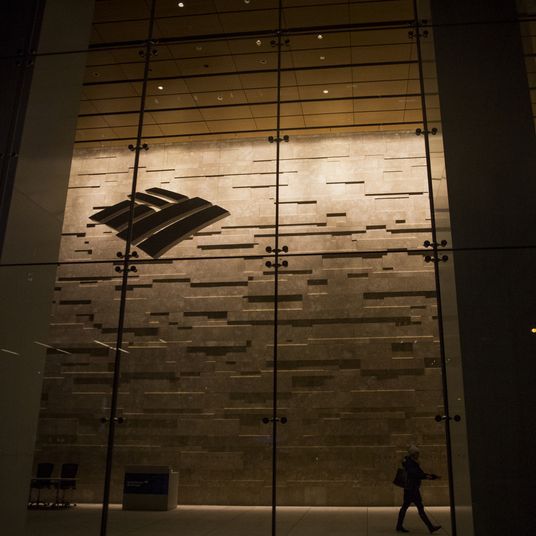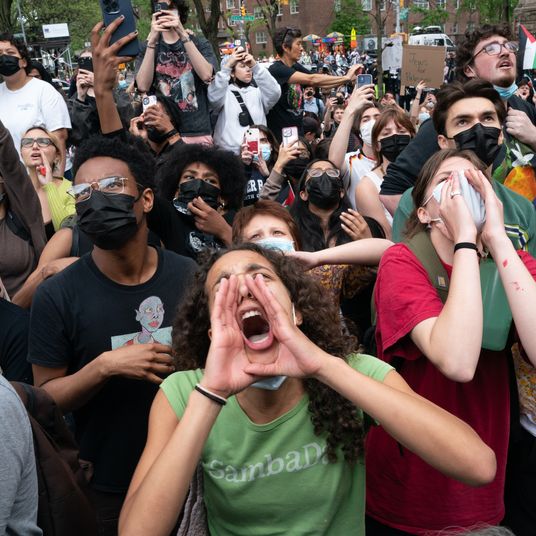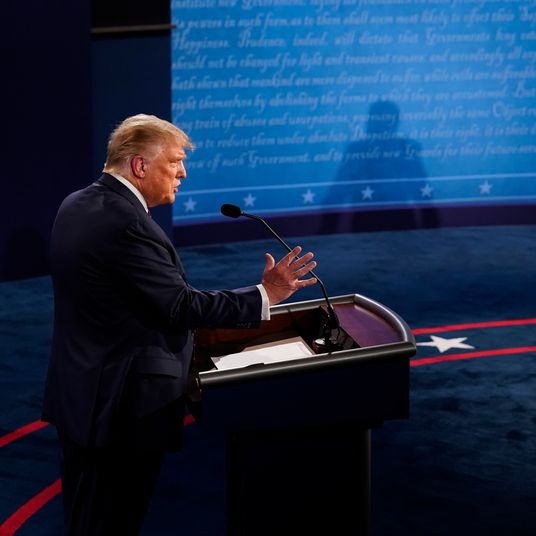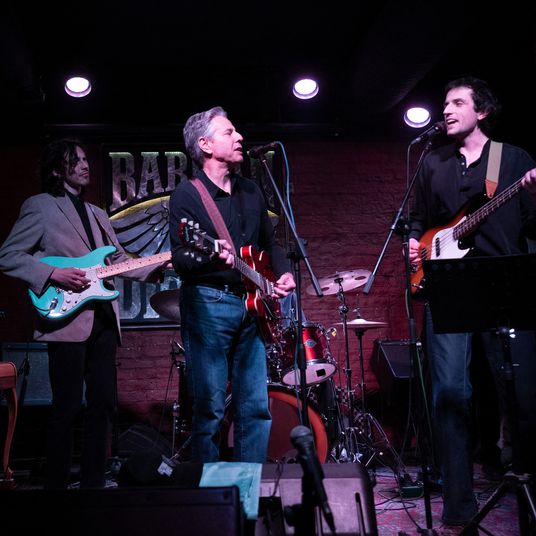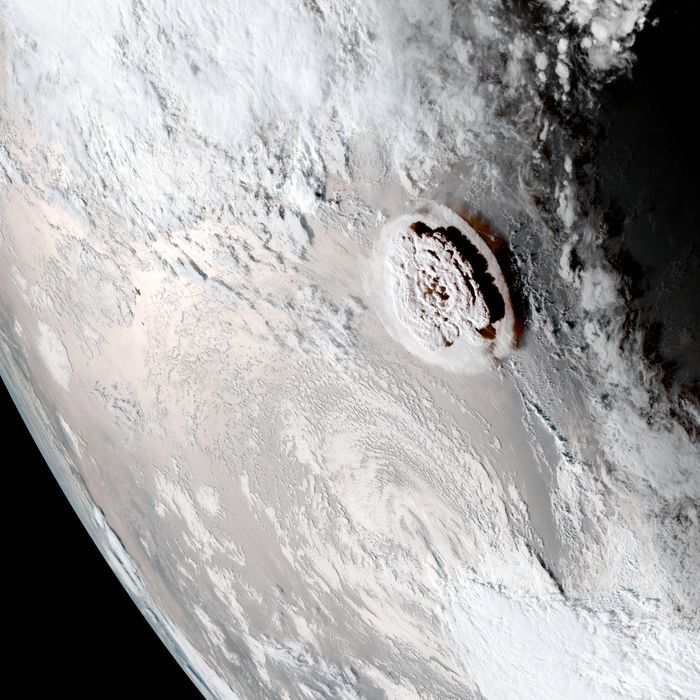
The explosive eruption of the Hunga Tonga-Hunga Ha’apai volcano on Saturday sent tsunamis across the Pacific Basin and generated a globe-spanning seismic shock wave that could be seen from space. As of Sunday night, the full extent of the damage on the Pacific nation of Tonga — whose main island is just 40 miles south of the volcano — remains unclear since communication hasn’t been reestablished with the entire country. At the same time, the powerful natural event has inspired awe for many scientists around the world.
Intelligencer spoke with volcanologist Jess Phoenix about the violent volcanic eruption and what might happen next.
What do we know about how powerful the eruption was or what long-term impact it could have?
One of the ways that we can tell pretty much right away that it’s a significant eruption is that the plume of ash in the eruption column was measured at 20 kilometers. That’s over 10 miles high. So, that means it’s gone significantly far from the source under the water. And just the height of the ash plume alone tells us that the force needed to generate that was massive. Just from that we know we’ve got something big on our hands. Plus when you combine that with the fact that the air pressure wave that was released by the explosion traveled as far as the Caribbean, where a very small atmospheric generated tsunami was observed.
At least half the globe either heard sonic booms, like in Anchorage, Alaska, or was affected by the tsunami. For most volcanic eruptions, you will not see effects that are that far-reaching, unless they’re big. We don’t know how big this one was because we don’t yet have all the data about the exact amount of gas emissions or how much material was erupted. Over the next few weeks, we’ll have a much clearer picture.
How rare is this event, based on the geologic history of the volcano?
For volcanoes worldwide, it’s not that rare. We are able to see this activity better now because we have so much technology, and we have so much sensor data that we didn’t used to have. Now we just have a much clearer picture, but there are large eruptions fairly frequently considering there’s about 1,500 active volcanoes around the world. On any given day, between 40 and 50 of them are erupting. So volcanic eruptions on their own are not that unusual.
Volcanic eruptions of this size are a bit more rare. This particular volcano typically erupts fairly low volume amounts that are localized, meaning you only know that it’s erupted if you’re in the surrounding area. We use a scale called the Volcanic Explosivity Index, and it’s kind of like the Richter scale is to earthquake scientists. But all it measures is the amount of material that was erupted, and it goes from 0 up to 8. A Hawaiian eruption, which usually involves just very little output and is very localized for the most part, is usually a VEI of 0 or 1.
This volcano has done a VEI 2 a few times in recorded history. But our very first data on this volcano only dates back to 1912. The Hunga Tonga-Hunga Ha’apai volcano existed much, much longer than that, but the volcano was underwater; nobody really observed its emissions before. What we do know — and this is where we look to the past to find answers about what might happen in the present or the future — is that the volcano is actually part of a caldera, meaning it’s a bigger feature of a volcano that has collapsed due to a larger eruption in the past. The fact that it’s a caldera gives us a clue that it has performed bigger eruptions, bigger than what we as humans have seen.
You mentioned VEI (Volcanic Explosivity Index), which is a relative measure of the power of volcanic eruptions. What can we surmise about the VEI of Saturday’s eruption?
I don’t even want to speculate about a possible VEI number yet. It’s just early on in these eruptions. We don’t have all the data. These are big events: you have atmospheric components, you have physical output of whatever came out of the volcano, and you have all the after-effects. The volcano is still erupting. It actually produced a smaller eruption after the big eruption on Saturday evening.
It could be ongoing for days, weeks, or even months, sometimes years. Like the recent eruption of Kīlauea volcano, where the summit eruption began in 2008 and continued till 2018. But Kīlauea as a whole had been erupting since the early eighties continuously. These things can span years because volcanoes operate on geologic timescales, not on human ones. You or I — we may make it to 80 or 90, maybe a hundred if we’re lucky, but volcanoes can be millions of years old. This is just a blink of an eye in this volcano’s life span. It’s going to take us a while to put all the pieces together and really have a full debriefing about the extent of the eruption.
Is the worst of the eruption over?
I wish I could say yes, but we actually can’t say with any certainty. It could erupt again in a large fashion. I would say that it’s not likely to produce another eruption as large as what we just saw, because that is a pretty big release of material and pressure. So, it could build back up and we could see another large eruption in the not too distant future, but it’s not very likely.
Volcanic activity created the Tongan archipelago, right?
Yes. There’s a lot of volcanism in the area because that whole region of the world is at the meeting of two tectonic plates. The Tongan archipelago is known for volcanism and it’s a fact of life. I mean, even the Hawaiian islands, same thing, volcanism. So people who live there do know that it’s a threat. It’s a risk to live near and on volcanoes, but it is something that you can prepare for and educate yourself about.
Hunga Tonga-Hunga Ha’apai is an undersea volcano — are big eruptions like this commonplace for them?
Undersea volcanoes function a lot like the ones on land, though they go unremarked upon for a long time because they’re hidden. There are probably a lot more volcanoes active underwater than the average person would ever think. For this one, the only real difference from one on land, in how the eruption played out, is that as magma and gases make contact with seawater, they can flash to steam very quickly, which forms — it’s actually got a really cool term: phreatomagmatic. Phreato basically means steam and then magma, so you get this very violent steam magma interaction right near the eruption.
That’s not anything that would affect an area more than a mile away from the volcano, but up close it makes for some pretty spectacular and violent looking eruptive activities. Anytime you add anything that we call volatiles — water, gases or other liquids — it actually causes the volcano to erupt, making it look actually more explosive than if it wasn’t erupting in the water.
What questions remain about Saturday’s eruption?
This is the double-edged sword of being a volcanologist. On one hand, I’m really excited to see the data that comes in and to understand more about the eruption because every single eruption of a volcano is its own unique event. It has its own unique personality in the way that it erupts and how it plays out. Even the same volcano, it will never erupt exactly the same way twice. I find this very exciting as a scientist, but in the more immediate present, I am very concerned about the people nearby and that’s it. We get excited about the science and the data and the raw power of the Earth itself, and then you’re sick to your stomach, worried about the people who are affected. Seeing how the locals fared is going to be the next big piece of the puzzle. Then, we can really start to put all the data together and see what we can learn to hopefully keep people safe from future eruptions of this volcano and other volcanoes around the world.
This interview has been edited and condensed for clarity.








